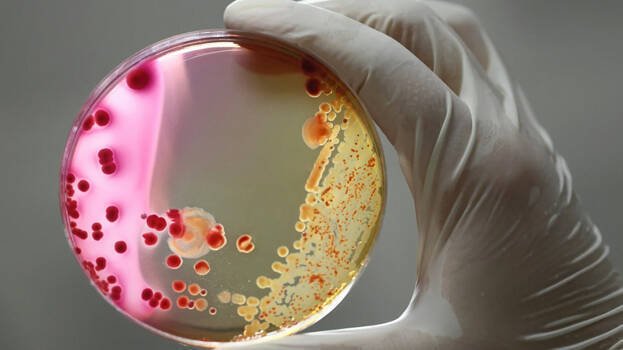

WASHINGTON: The presence of dangerous bacteria that are resistant to drugs is reported to be increasing in the United States. According to a new report by scientists at the Centers for Disease Control and Prevention, cases of infections caused by drug-resistant 'nightmare bacteria' increased by about 70% from 2019 to 2023. This is according to the scientific publication 'Annals of Internal Medicine'. Currently, only two antibiotics can fight the infection. These are expensive and must be given through an IV.
What are nightmare bacteria?
Nightmare bacteria are a group of bacteria known as "Carbapenem-resistant Enterobacteriaceae, or “CRE” “Superbugs”. These include pathogens such as Escherichia coli and Klebsiella pneumoniae. There are reports that the recent surge in infections in the U.S. is due to the spread of bacteria carrying the NDM gene (New Delhi metallo-β-lactamase). This can cause the effects of multiple antibiotic drugs to be neutralised.
When this dangerous bacterium enters the body, initial symptoms such as fever, frequent urination, pain during urination, cough, and shortness of breath will appear. However, laboratory tests are necessary to confirm that it is caused by the drug-resistant bacteria. Delays in confirming symptoms can make effective treatment more difficult.